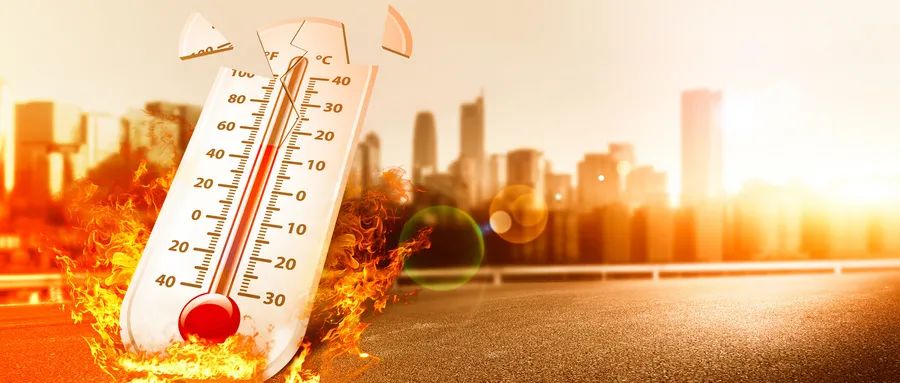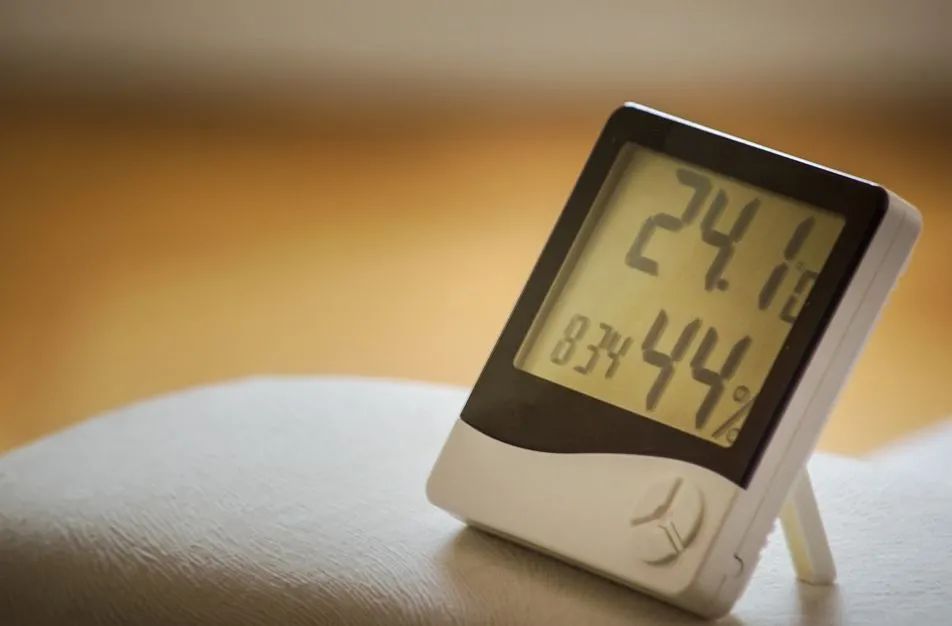Part 1. Ambient Temperature
The curing process of the sealant is actually a chemical reaction process, and the ambient temperature has a great influence on the reaction speed. Whether it is a one-component sealant or a two-component sealant, the higher the ambient temperature, the faster the reaction speed and the faster the curing speed.

Experience sharing: When the temperature is lower than 15°C, the curing speed will decrease, so it is recommended to extend the curing time during construction in winter.
Part 2. Air Humidity
In the curing process of the sealant, in addition to the ambient temperature, the water molecules in the air are also a key factor in the reaction. For one-component sealants, moisture in the air needs to be absorbed during the curing process, so the higher the air humidity, the faster the curing speed will be.

Experience sharing: If it is in the northern region in autumn and winter, it is recommended to appropriately extend the curing time after the sealant is applied, and at the same time, it is necessary to avoid the large stress on the rubber joint after the sealant is applied, which will cause the deformation of the rubber joint.
Part 3. Contact Area
When the sealant is cured, it needs to absorb moisture in the air, so the contact area between the sealant and the air will also affect the curing speed, especially when the one-component sealant is applied to non-porous substrates (such as glass, aluminum, metal, etc.). Only one side of the sealant can be in contact with the air, and the other three sides are basically airtight, and the reaction speed will be extended appropriately.

Experience sharing: Because the larger the effective contact area of the sealant with the air, the more moisture it can get, the faster the chemical reaction rate, and the faster the curing speed. Therefore, during construction, the contact area can be adjusted according to the actual situation without affecting the appearance and function.
Part 4. Ventilation Environment
The small molecular substances released during the curing of the sealant will gradually gather, and the concentration will continue to rise. If the concentration rises to a certain level in a completely closed environment, it will prevent the curing reaction from proceeding, resulting in insufficient curing of the sealant, thus affecting properties of the sealant.

Experience sharing: It is recommended to carry out sealant construction under ventilated conditions, and must not be in a completely closed environment in order to increase the indoor temperature. This will not only not help accelerate the curing of the sealant, but also damage the effectiveness of the sealant.